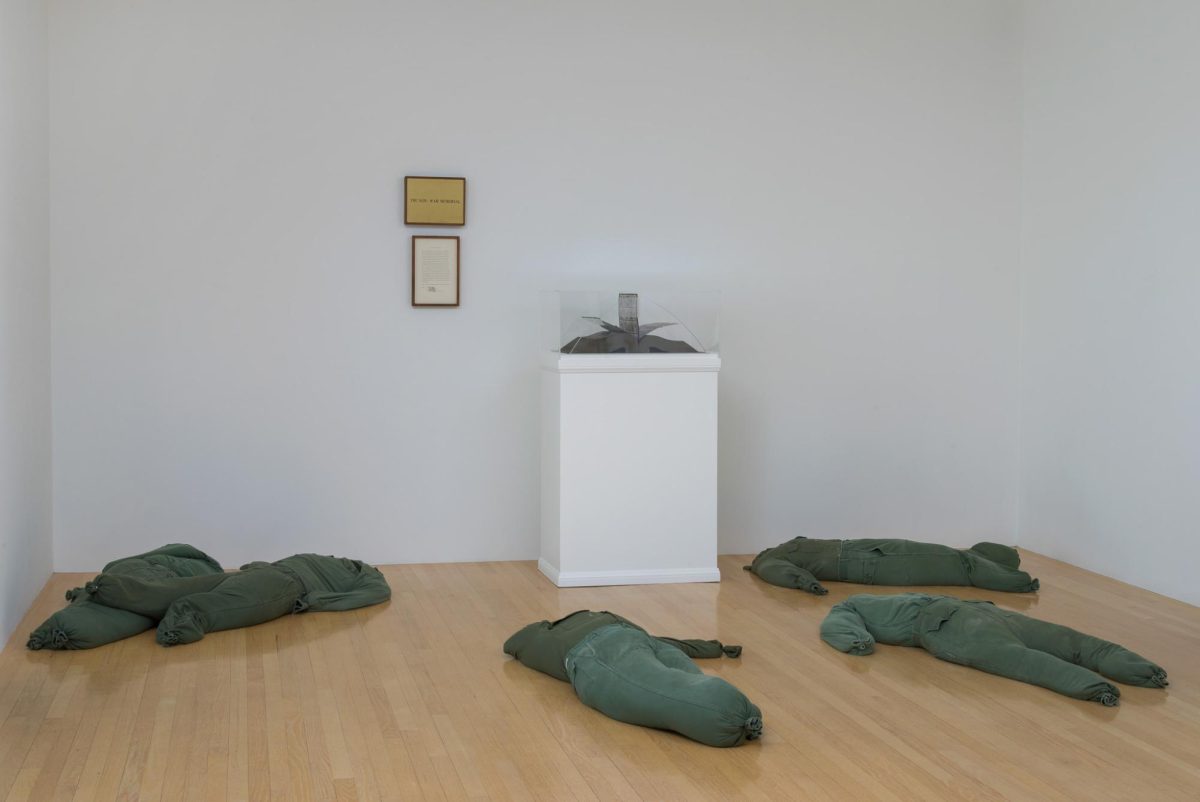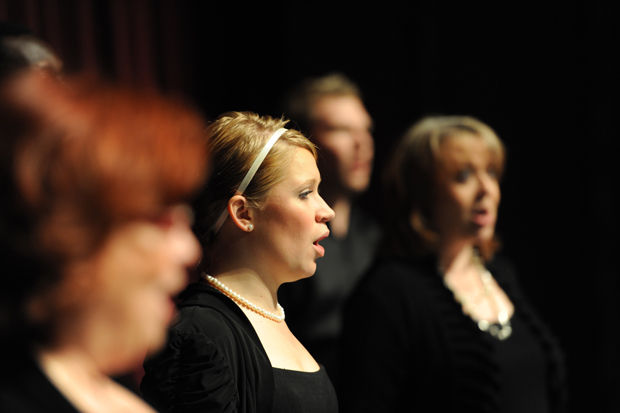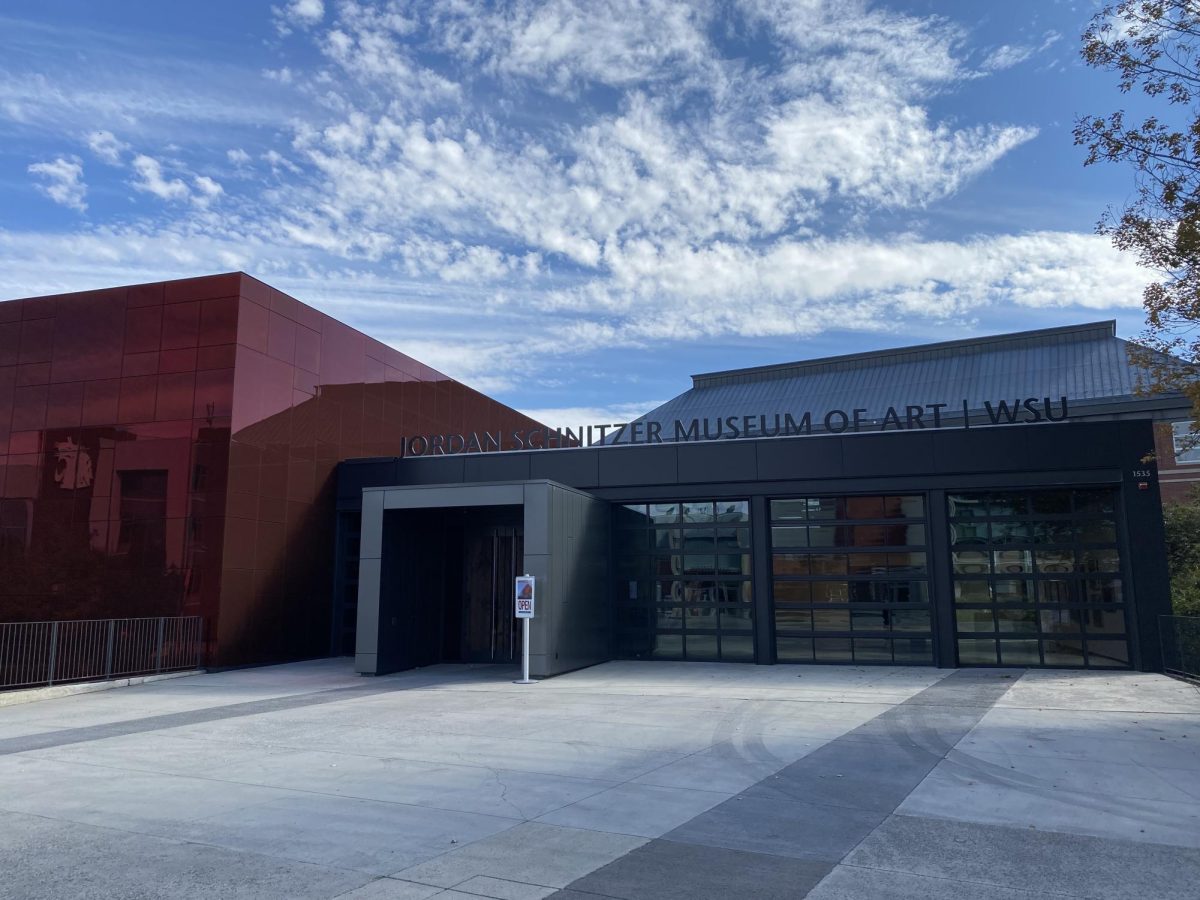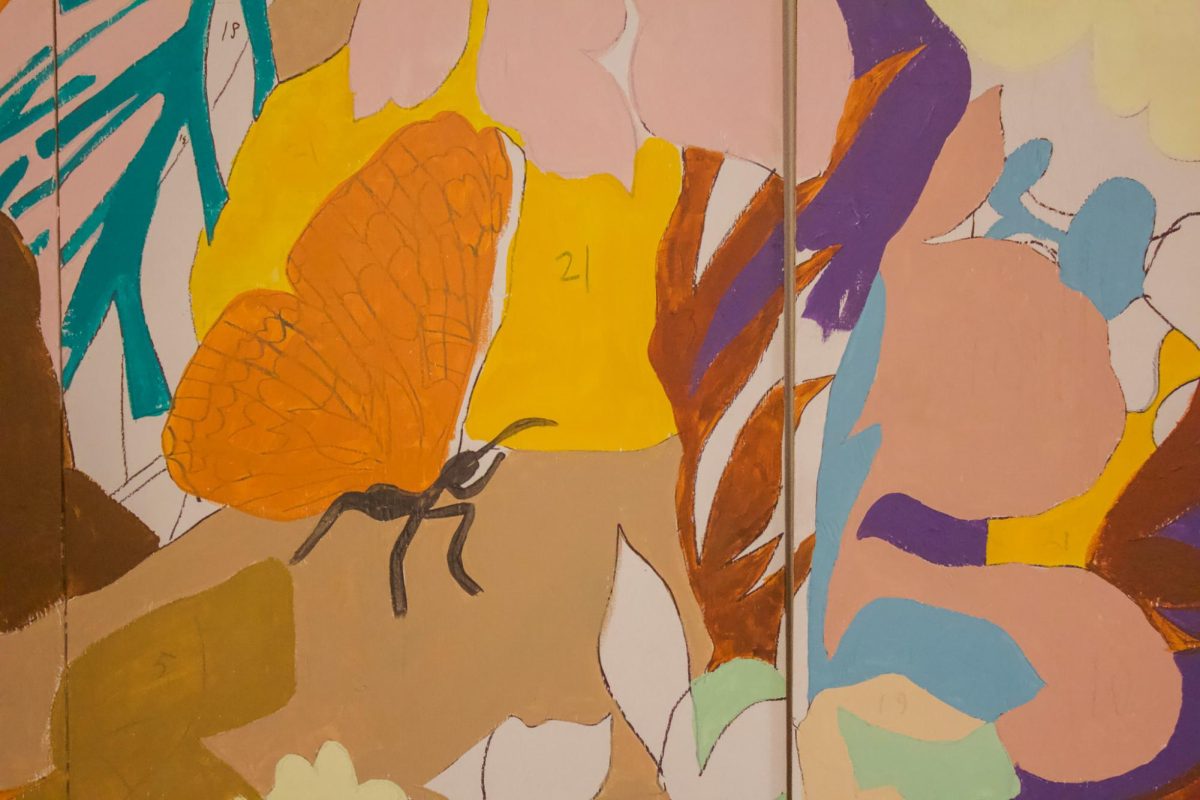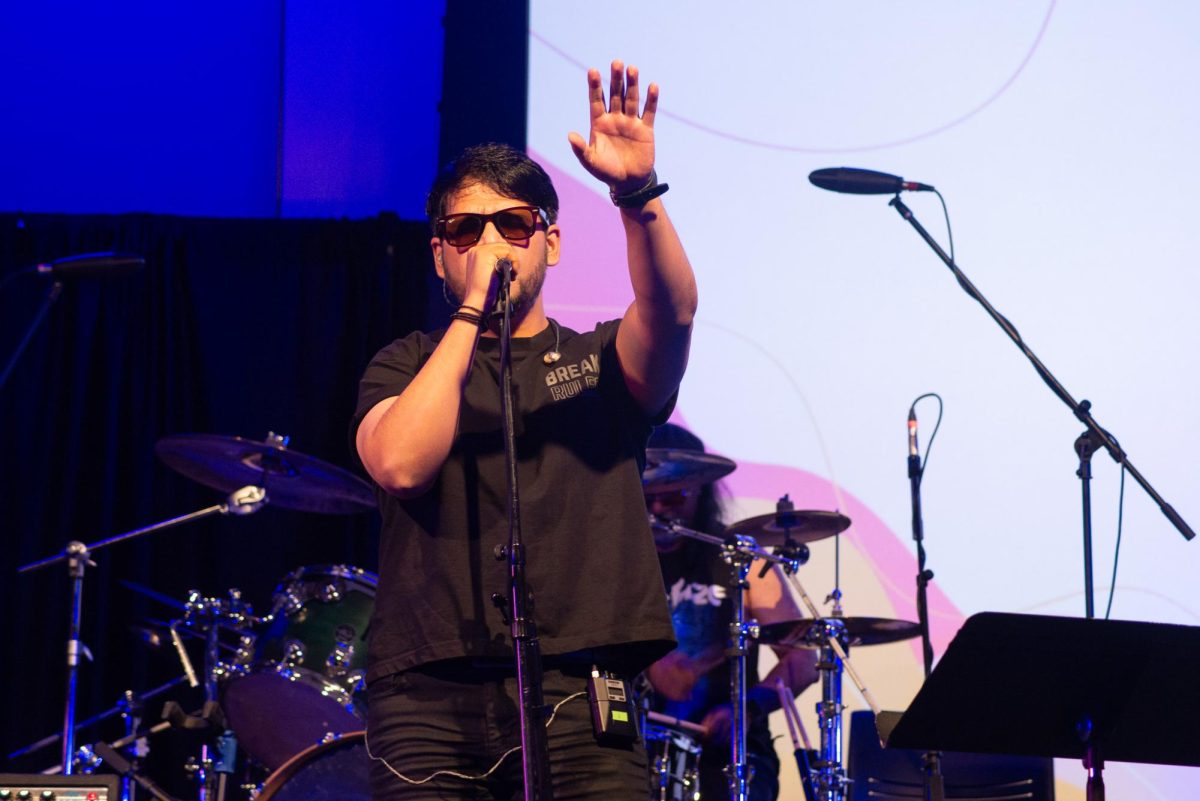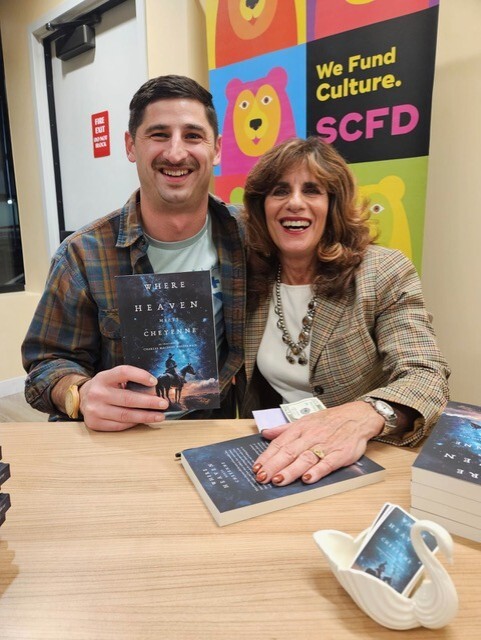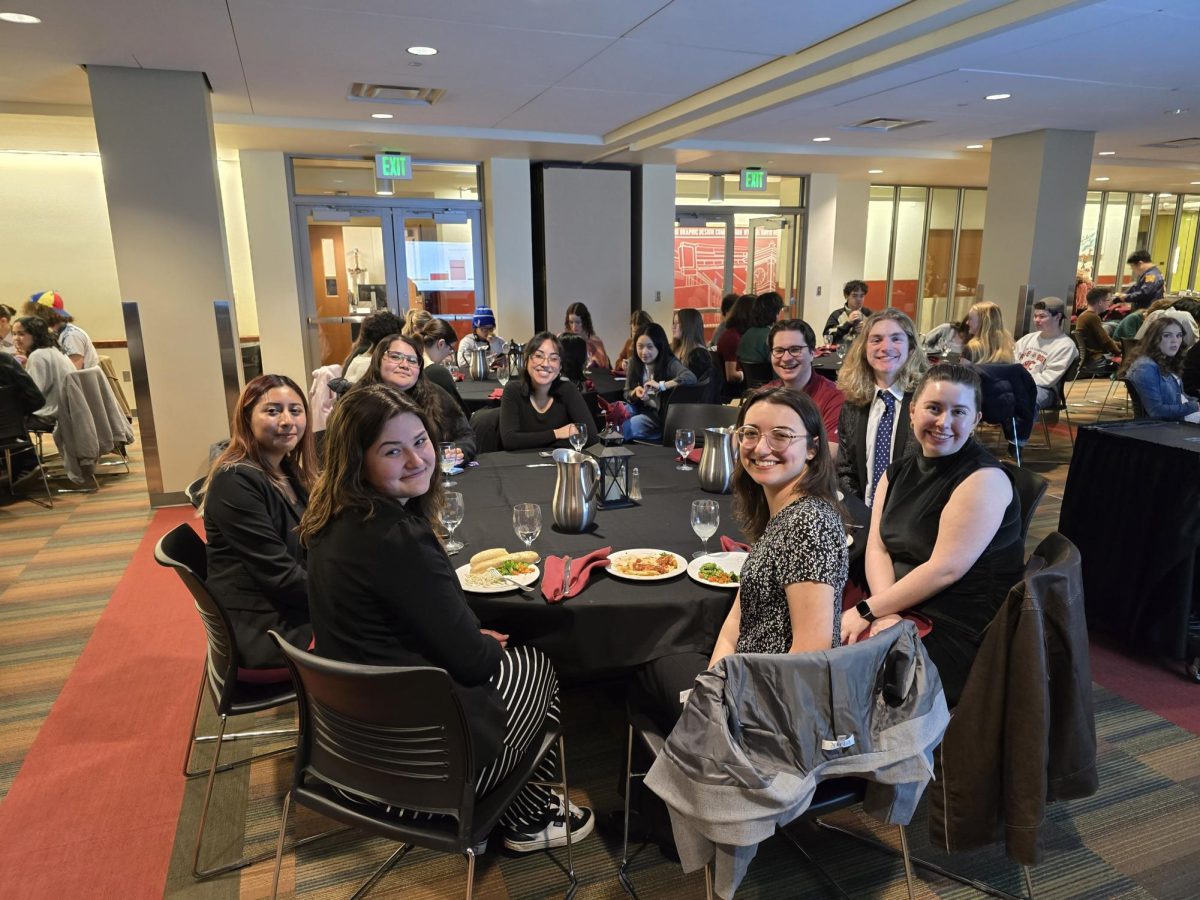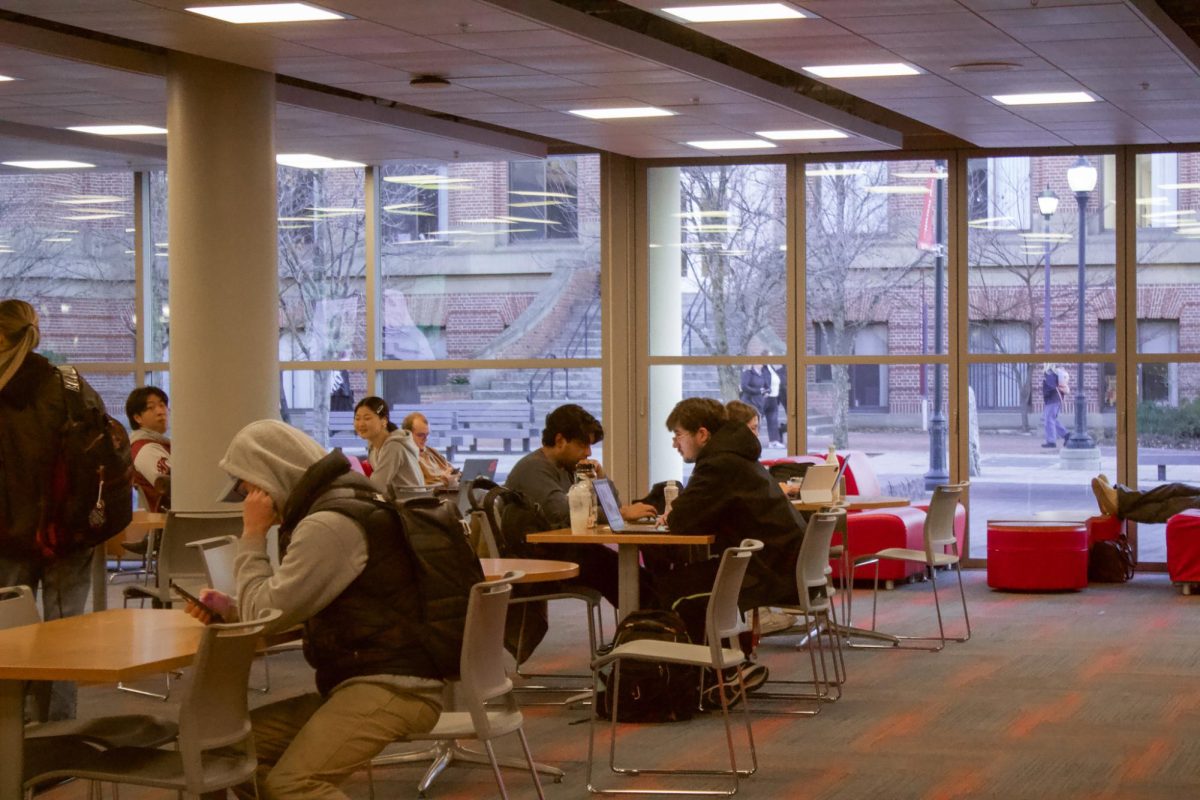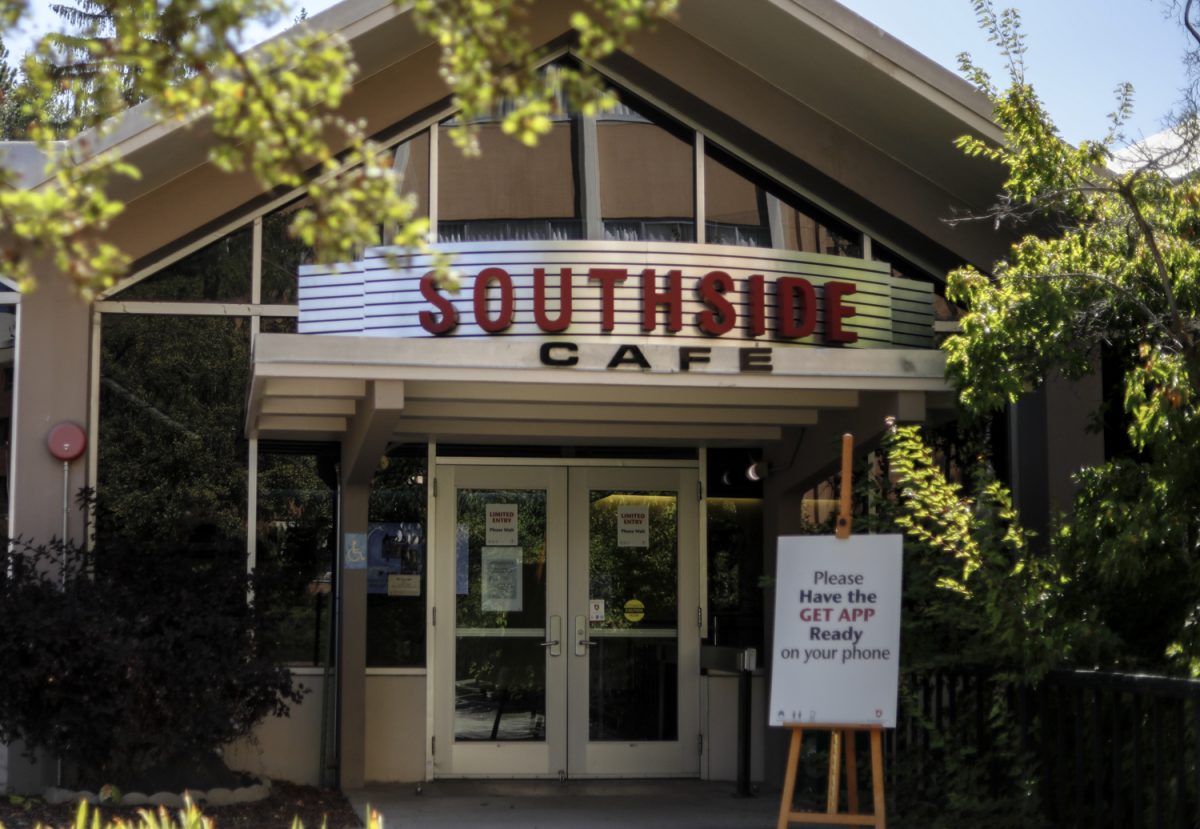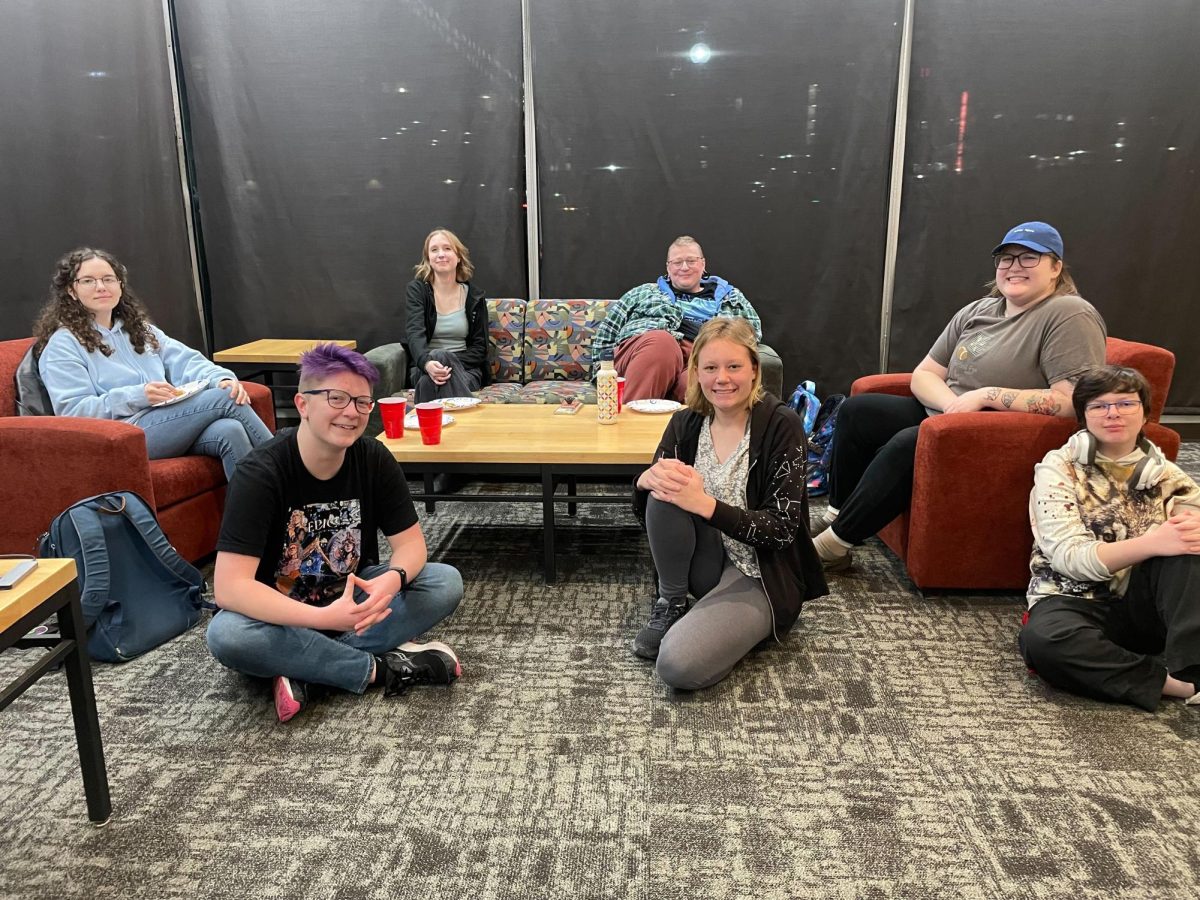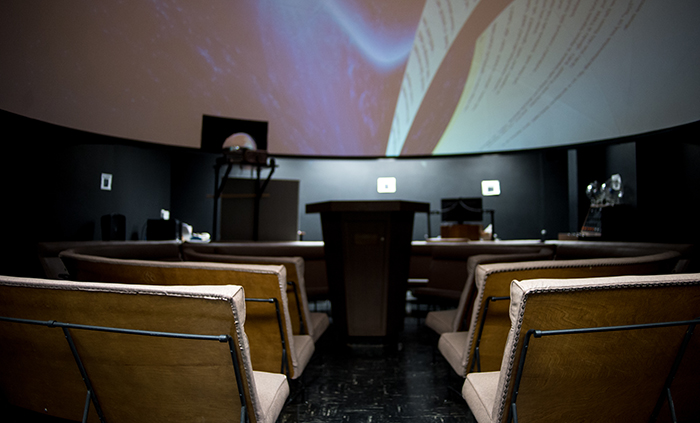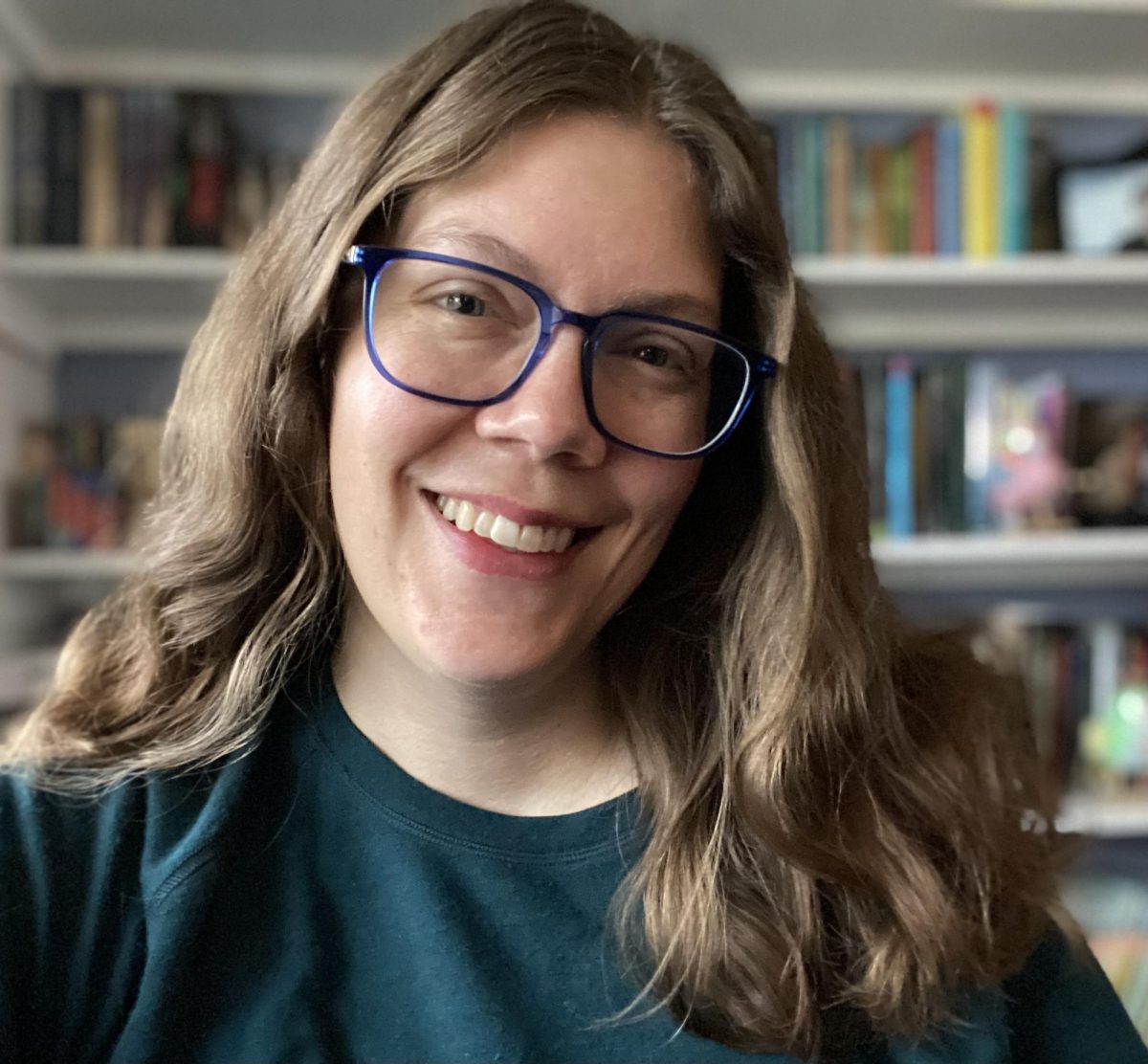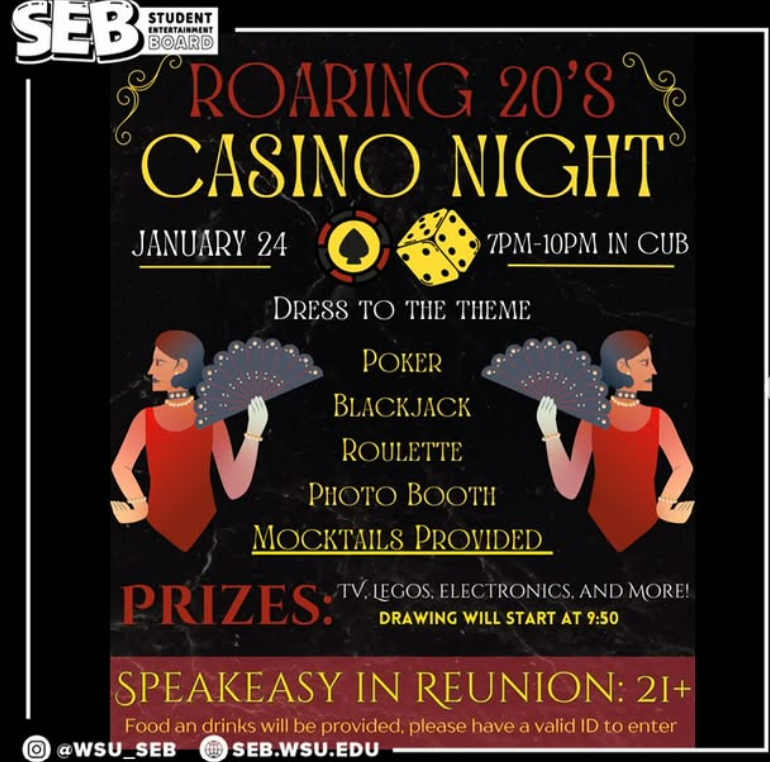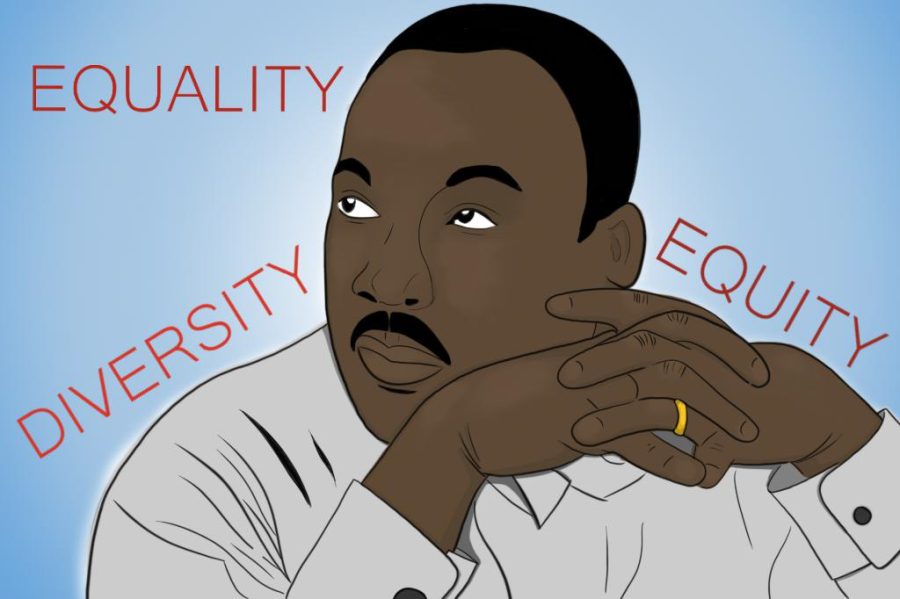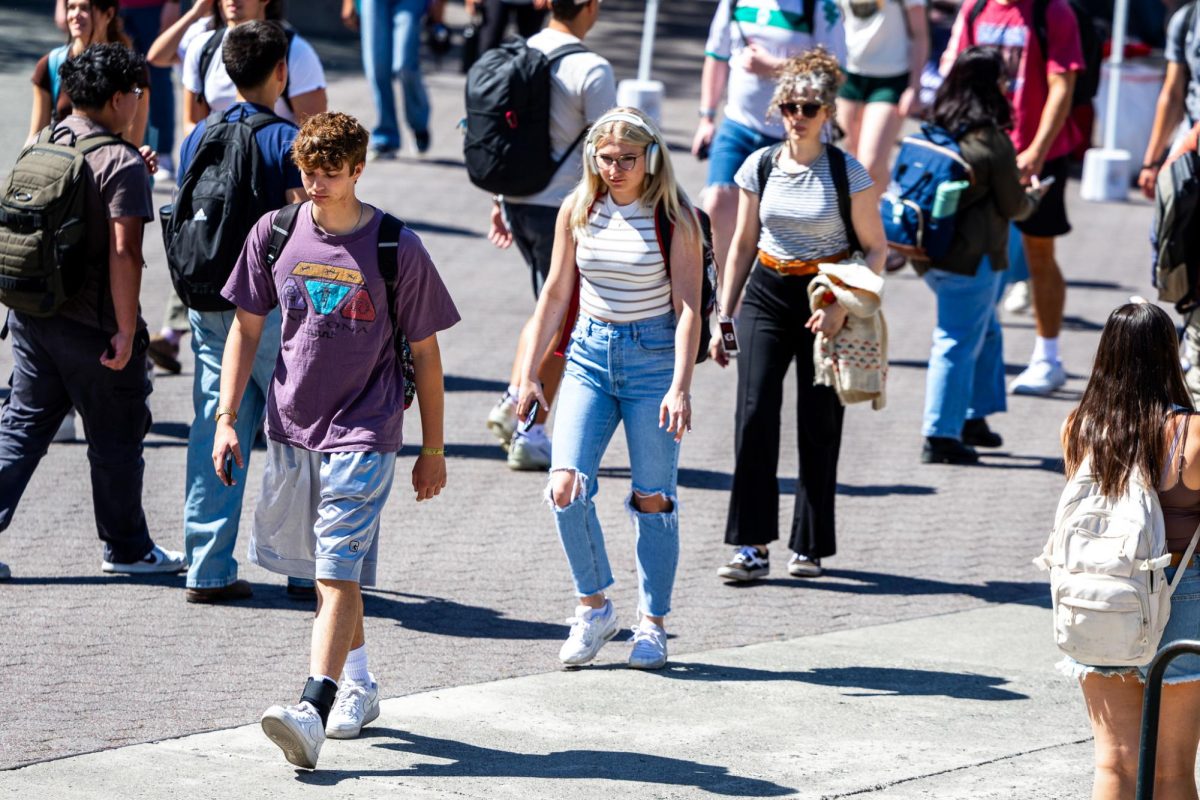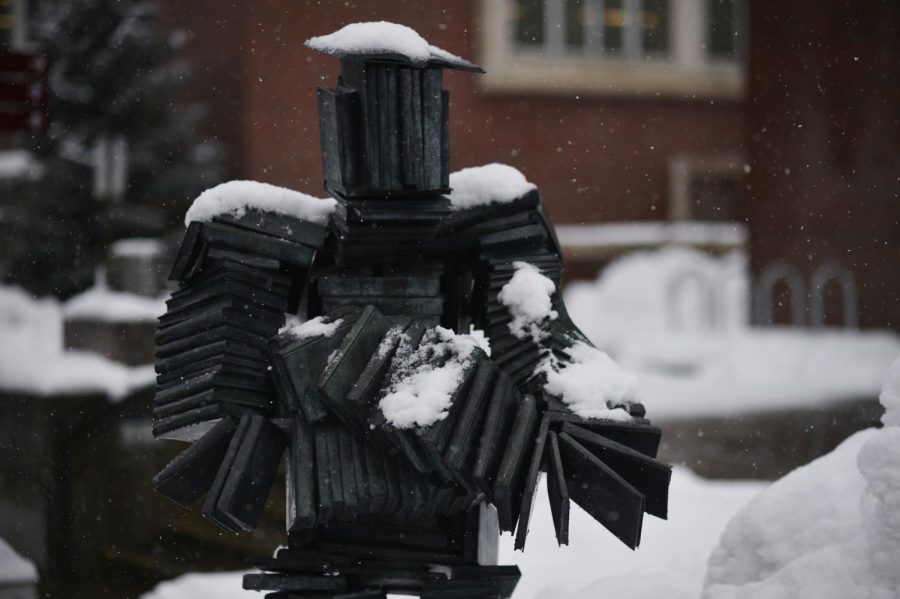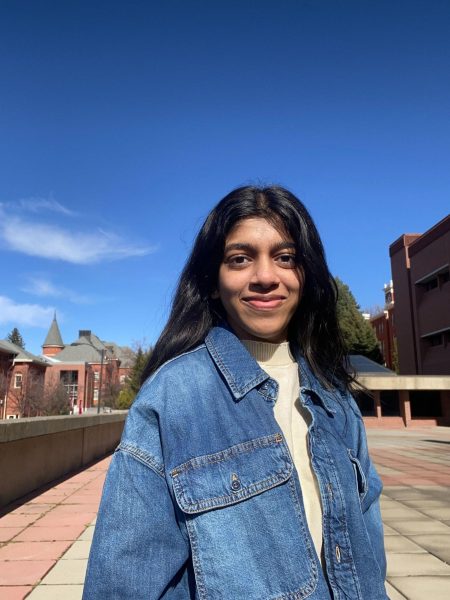Beyond Hope.
That is part of the title of the Jordan Schnitzer Museum of Art’s new exhibition, “Beyond Hope: Kienholz and the Inland Northwest,” featuring paintings by artists Edward Kienholz and Nancy Kienholz.
Edward, best known for his life-size assemblages, is a canonical figure in postwar American art history, guest curator Johanna Gosse said. Edward married then-Nancy Reddin in 1973, after which their work started becoming collaborative.
“Beyond Hope: Kienholz and the Inland Northwest” will be available for viewing from March 26–June 29.
“It is a great opportunity to give students this insight into this very well-known art couple who were known internationally,” said Kristin Becker, museum curator of education and programs.
The exhibition features the vibrant and busy lives of Edward and Nancy in Hope, Idaho, Gosse said. The artists hosted exhibitions of work by world-famous artists like Jasper Johns and Alberto Giacometti that the local community did not have access to.
Edward and Nancy managed their time between their compound in Hope and West Berlin, which led them to exhibit both regionally in the Inland Northwest and internationally across various recognized art institutions, Gosse said.
“Their compound was a crossroads that brought together the local, regional art world,” Gosse said.
Gosse will participate in a gallery talk from 4–6 p.m. April 12 at the museum. The talk will include moving through the exhibition and discussing views and details, which will give the audience an opportunity to ask questions and share any personal experience or knowledge about Edward and Nancy, Gosse said.
Mozi Jones, WSU Master of Fine Arts candidate, will play music at the following reception. Edward and Nancy’s work highly influenced Jones, Becker said.
One of these works was “The Non-War Memorial,” an environmental public art project that responded to the devastation of the ongoing Vietnam War. “The Non-War Memorial” will be on display at “Beyond Hope: Kienholz and the Inland Northwest.”
Edward created “The Non-War Memorial” by packing 50,000 U.S. military uniforms with slurried clay and dispersing them across a large field to portray the soldiers killed in battle. This piece being one of her favorites, Gosse said this work of art would really resonate with the audience today.
“[“The Non-War Memorial”] is unique in that it refuses to commemorate the human fallout of war, and instead involves a disturbing allegory of loss, destruction and forgetting,” Gosse said.
Museum director Ryan Hardesty and Gosse began compiling work in 2021 to create “Beyond Hope: Kienholz and the Inland Northwest,” Gosse said.
Robert Helm and Tamara Helm, friends of Edward and Nancy, helped get together some of the work, with a total of 25 works being displayed in “Beyond Hope: Kienholz and the Inland Northwest,” Becker said.
Gosse hopes students get inspired to make change in their communities, and like Edward and Nancy, understand that being embedded in your community does not mean you cannot also be a citizen of the world, she said.
“You don’t have to choose one or the other,” Gosse said. “You can be both.”


